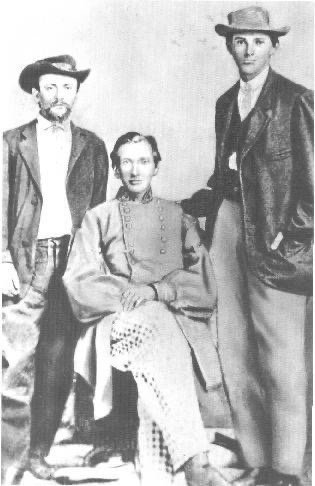In the captivating epoch of the Middle Ages, books held an esteemed status as rare and invaluable treasures. Handcrafted by skilled scribes, these manuscripts were more than just compilations of text; they were intricate works of art adorned with beautifully detailed illustrations and meticulously inscribed calligraphy. Each book represented a reservoir of knowledge, capturing the wisdom, beliefs, and creativity of a bygone era.

The preservation of these precious books became a paramount concern for the monastic orders. Monasteries, acting as bastions of learning and enlightenment, housed vast libraries that contained an array of religious, scientific, and literary works. The books within were considered vital assets to safeguard and protect, not just for their monetary value but for the knowledge they contained.
To ensure the security of these cherished manuscripts, an ingenious system was devised. Books were literally chained to wooden shelves or lecterns using sturdy iron chains. This practice, known as “chaining the books,” became commonplace across many monastic libraries. By adopting this method, the books were kept in place and prevented from being removed from the library premises, effectively deterring theft.
Despite being bound by chains, these invaluable tomes were not kept hidden away from the world. Monasteries often had reading rooms open to scholars and visitors alike. Here, individuals could peruse the pages of these works of art and knowledge, savoring the information they held. The practice of chaining the books, while seemingly restrictive, thus fostered an atmosphere of shared learning and accessibility to the wealth of knowledge contained within the library walls.

As the centuries passed, the arrival of the revolutionary printing press gradually transformed the landscape of book production. The practice of chaining books eventually waned, replaced by new methods of preservation and accessibility. However, the legacy of these chained books lives on. Today, these rare manuscripts are regarded as captivating artifacts, offering a captivating glimpse into the past and serving as valuable links to the history of human thought and creativity.
The enduring presence of these chained books is a testament to the unwavering dedication of our ancestors in preserving knowledge and culture. These guardians of knowledge stand as timeless reminders of the importance of preserving our heritage, embracing our collective history, and continuing the pursuit of enlightenment through learning.
As an Amazon Associate we earn from qualifying purchases through some links in our articles.




